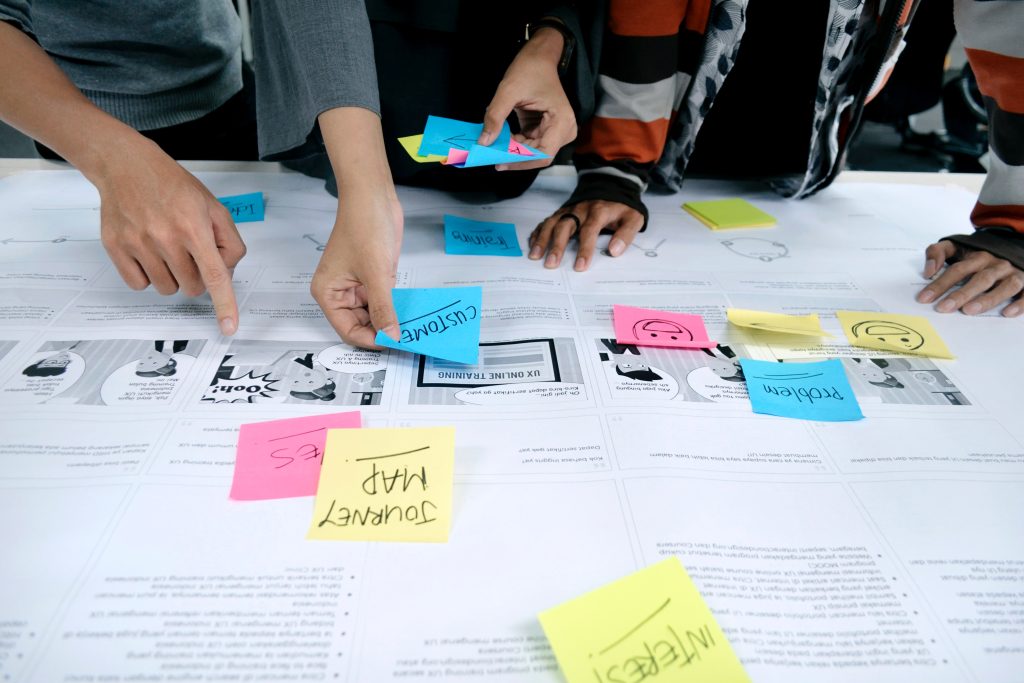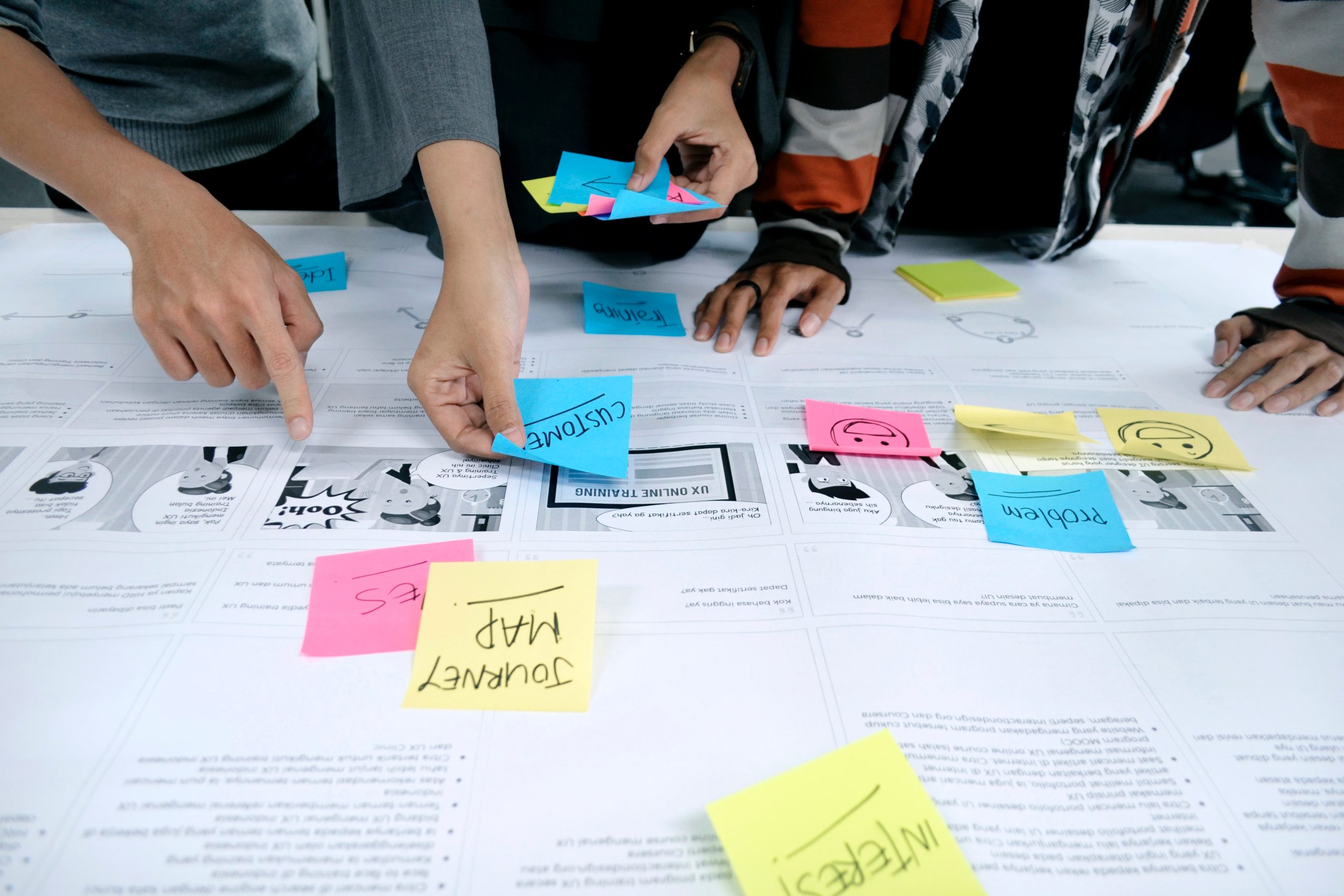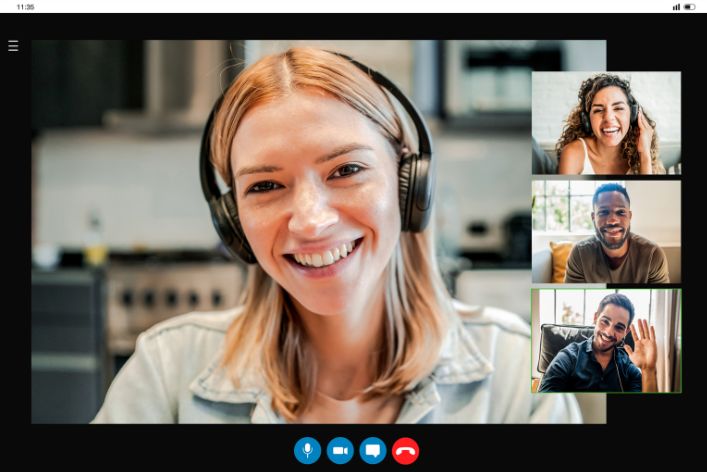User Experience (UX) design is the process of creating software that is both functional and satisfying to use.
It is a critical aspect of software development that has a direct impact on the overall success of a product.
In this blog post, we will explore the importance of UX design in software development and discuss the role it plays in creating successful software products.
What is User Experience (UX) Design?
The method design teams employ to produce products that offer customers meaningful and pertinent experiences is known as user experience (UX) design.
UX design includes components of branding, design, usability, and function in the design of the full process of obtaining and integrating the product.
Making software simple to use is just one aspect of experience design.
Other experiences associated with the product, such as the marketing strategy, the packaging, and the post-purchase assistance, are also designed.
The primary goal of UX design is to provide solutions that meet needs and pain areas. Nobody will utilize a product that has no utility, after all.

The Difference Between UI and UX
User interface (UI) design will invariably come up while discussing UX.
However, it’s crucial to understand that UX and UI, despite frequently being used synonymously, are two distinct concepts.
User Interface is simply abbreviated as UI.
It concerns how the user interacts with the product or, more specifically, how the user interacts with the product.
The user interface and the user should interact as effectively, simply, and enjoyable as possible.
How does the UI designer determine which options are best for the intended user base?
A great user experience, or UX, aims to comprehend users, identify the answer they require, and provide it to them.
Gaining devoted clients is a benefit of properly executed UX software development for the company.
We influence people’s purchasing decisions when we provide them with what they need, address their issues, or simplify their lives.
Read: DesignOps Tools: Sync Assets Effortlessly Across Platforms
The Role of UX in Software Development
User experience design plays a crucial role in software development by ensuring that the end product is both functional and satisfying to use.
The user-centered design process is key to this, as it puts the needs and wants of the user at the forefront of the design process.
This approach ensures that the end product is tailored to the user’s needs, which in turn increases the chances of the software being successful.
The user-centered design process involves conducting user research, creating wireframes and user flow diagrams, and incorporating feedback and iteration into the design process.
This approach allows for the identification of user needs and pain points early on in the development process, which allows for the creation of a product that addresses these issues.
Read: Differences Between a Software Developer and Software Designer
Benefits of Good UX Design
A good UX design can have a significant impact on the overall success of a software product and offers several benefits to both users and businesses.
Improved User Satisfaction and Engagement
A good UX design puts the needs and wants of the user at the forefront of the design process.
Creating a product tailored to the user’s needs makes it more likely to meet their expectations and be satisfying to use.
This leads to increased user satisfaction and engagement, which can lead to increased brand loyalty and repeat customers.
Increased Conversion Rates and ROI
A product that is designed with the user in mind is also more likely to convert users into customers.
This is because the product is tailored to the user’s needs, making it more likely that they will find it valuable and want to use it.
This can lead to increased conversion rates and ROI for the business.
Improved Efficiency and Productivity
Good UX design can also improve the efficiency and productivity of a software product.
By making the product easy to use and navigate, users can complete tasks more quickly and efficiently.
This can lead to increased productivity and a better bottom line for the business.
Better Accessibility
Good UX design also takes into consideration the needs of users with disabilities.
Put Your Tech Company on the Map!
Get featured on Nicholas Idoko’s Blog for just $50. Showcase your business, boost credibility, and reach a growing audience eager for tech solutions.
Publish NowBy ensuring that the product is accessible to all users, businesses can increase their customer base and ensure that they are not discriminating against any users.
Improved Search Engine Optimization (SEO)
Good UX design can also improve a website’s SEO.
This is because search engines take into account the user experience when ranking websites.
A website that is designed with the user in mind is more likely to have a positive user experience, which in turn can lead to a higher search engine ranking.
Cost savings
Good UX design can also help companies save money in the long run.
By addressing user needs and pain points early in the design process, companies can avoid costly redesigns or adjustments in the future.
Additionally, when a product is easy to use and efficient, it can lead to cost savings in the form of customer support and training expenses.
Read: Business Custom Software Solutions to Transform Your Enterprise
Common UX Design Challenges in Software Development
Despite the many benefits of good UX design, several challenges can arise during the design process.
Some of the most common challenges include balancing user needs with business goals, managing stakeholder expectations, and keeping up with constantly changing technology and user preferences.
Balancing User Needs with Business Goals
One of the biggest challenges of UX design is balancing the needs of the user with the goals of the business.
This is because the user’s needs may not always align with the business’s goals, such as increasing revenue or reducing costs.
To overcome this challenge, UX designers need to work closely with stakeholders to find a balance that meets the needs of both the user and the business.
Managing Stakeholder Expectations
Another common challenge is managing the expectations of stakeholders.
This can be difficult because stakeholders may have different opinions on what the final product should look like and what features it should have.
To overcome this challenge, UX designers need to communicate their design decisions and the reasoning behind them to stakeholders.
Keeping Up with Constantly Changing Technology and User Preferences
Technology and user preferences are constantly changing, and it can be difficult for UX designers to keep up with these changes.
To overcome this challenge, it is important for UX designers to stay up to date with the latest design trends and technologies and to conduct regular user research to understand the current needs and preferences of users.
This allows for the creation of products that are not only functional but also meet the current demands of users.
Read: DesignOps Tools: Sync Assets Effortlessly Across Platforms

Best Practices for UX Design in Software Development
To create successful software products, UX designers need to follow best practices for UX design in software development.
Some of the best practices include conducting user research and testing, creating wireframes and user flow diagrams, and incorporating feedback and iteration into the design process.
Conducting User Research and Testing
User research and testing are critical to understanding the needs and pain points of users.
By conducting user research and testing, UX designers can gather valuable insights into the user’s experience and use this information to inform the design process.
This can include methods such as user interviews, surveys, usability testing, and A/B testing.
Creating Wireframes and User Flow Diagrams
Wireframes and user flow diagrams are important tools for visualizing the design of a product.
They provide a clear representation of the product’s interface and how users will interact with it.
By creating wireframes and user flow diagrams, UX designers can communicate their design decisions to stakeholders and make sure that everyone is on the same page before the development process begins.
Incorporating Feedback and Iteration into the Design Process
Incorporating feedback and iteration into the design process is essential for creating successful software products.
This allows for identifying issues early on in the development process and allows for adjustments to be made before the product is launched.
By incorporating feedback and iteration into the design process, UX designers can ensure that the end product is tailored to the user’s needs and is more likely to be successful.
Conclusion
The importance of UX design in software development cannot be overstated.
It plays a crucial role in ensuring that the end product is both functional and satisfying to use.
By following best practices and keeping the user at the forefront, businesses can create software products that are both successful and satisfying to use.
Before you go…
Hey, thank you for reading this blog to the end. I hope it was helpful. Let me tell you a little bit about Nicholas Idoko Technologies.
Put Your Tech Company on the Map!
Get featured on Nicholas Idoko’s Blog for just $50. Showcase your business, boost credibility, and reach a growing audience eager for tech solutions.
Publish NowWe help businesses and companies build an online presence by developing web, mobile, desktop, and blockchain applications.
We also help aspiring software developers and programmers learn the skills they need to have a successful career.
Take your first step to becoming a programming boss by joining our Learn To Code academy today!
Be sure to contact us if you need more information or have any questions! We are readily available.
[E-Books for Sale]
1,500 AI Applications for Next-Level Growth: Unleash the Potential for Wealth and Innovation
$5.38 • 1,500 AI Applications • 228 pages
Are you ready to tap into the power of Artificial Intelligence without the tech jargon and endless guesswork? This definitive e-book unlocks 1,500 real-world AI strategies that can help you.
See All 1,500 AI Applications of this E-Book
750 Lucrative Business Ideas: Your Ultimate Guide to Thriving in the U.S. Market
$49 • 750 Business Ideas • 109 pages
Unlock 750 profitable business ideas to transform your future. Discover the ultimate guide for aspiring entrepreneurs today!
See All 750 Business Ideas of this E-Book
500 Cutting-Edge Tech Startup Ideas for 2024 & 2025: Innovate, Create, Dominate
$19.99 • 500 Tech Startup Ideas • 62 pages
You will get inspired with 500 innovative tech startup ideas for 2024 and 2025, complete with concise descriptions to help you kickstart your entrepreneurial journey in AI, Blockchain, IoT, Fintech, and AR/VR.
We Design & Develop Websites, Android & iOS Apps
Looking to transform your digital presence? We specialize in creating stunning websites and powerful mobile apps for Android and iOS. Let us bring your vision to life with innovative, tailored solutions!
Get Started Today




